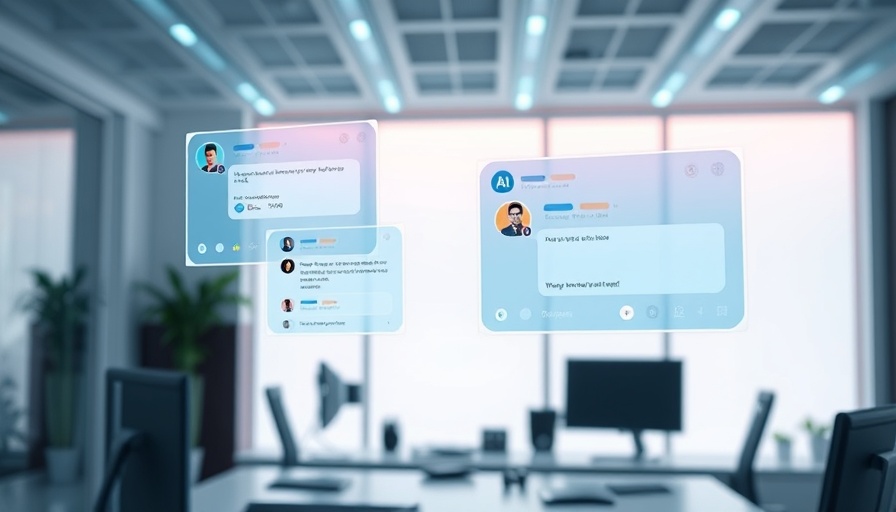
Microsoft’s Push for AI Integration: Copilot’s Unavoidable Presence
In a bold move to solidify its AI offerings, Microsoft is striving for deeper integration of its Copilot feature within the Edge browser, as it tests an option that automatically opens the Copilot pane with every new tab. This strategy aligns with the company’s ongoing efforts to embed AI functionality in its software, making Copilot not just an add-on, but an integral component of the user experience.
The Mechanics Behind the New Copilot Features
Spotted by tech enthusiasts on platforms like X (formerly Twitter), the new auto-open feature for Copilot is being trialed on Edge Canary, designed to streamline users' interactions with AI. While it can be disabled through settings, the initial goal appears to encourage frequent engagement with Copilot. This push is complemented by a new share button for transmitting AI chat links and a machine-learning-powered autofill option being introduced for Android users.
Understanding Copilot Vision: A Step Beyond
Microsoft has also rolled out Copilot Vision, currently in testing, which aims to enhance the context-awareness of AI responses based on the webpages users are interacting with. This feature could revolutionize how information is accessed in real-time by utilizing natural language processing capabilities. As users navigate through Edge, Copilot Vision intends to provide smarter insights tailored to ongoing online activities. While still developing, it represents a significant leap toward a more intuitive browsing experience.
The Relevance of Copilot in Modern Browsing
The integration of Copilot into Windows settings is another notable development. This feature is part of Microsoft’s larger vision to position Edge as an AI-powered browser. With references emerging about a potential “Ask Copilot” button, users may soon be able to resolve technical issues directly through interactions with the AI, thus reducing unnecessary back and forth with support resources.
Impact of AI Implementation on User Behavior and Experience
Microsoft's approach raises critical questions about user autonomy versus ease of access. Will forcing Copilot into the user journey enrich experiences or promote frustration among users longing for more control? The company is paving the way for a future where AI dictates user interaction patterns, potentially transforming how individuals navigate online, complete tasks, and interact with digital content.
Comparative Analysis: What Other Browsers Are Doing
As Microsoft maneuvers to embed AI deeper into Edge, it’s valuable to consider competitors' positions. Browsers like Chrome and Firefox are also exploring AI features, although none have yet committed to the automation level Microsoft is advocating. This competition could ignite further innovation as each platform seeks to establish dominance in AI-driven functionalities.
Future Predictions for AI in Browsing
Looking ahead, we can anticipate that Microsoft’s experiments with Copilot will lay the groundwork for more robust AI integrations across its software platforms. As the industry evolves, browsers may increasingly utilize AI to support users actively, transforming the digital landscape into a more responsive and personalized environment.
Decisions Tech Consumers Should Consider
With these developments in mind, users must assess their preferences for AI integration within their digital tools. Are you comfortable allowing AI to dictate certain aspects of your browsing experience, or do you prefer a more traditional approach? Making an informed choice today will shape how you engage with technological advancements in the future.
In light of these insights, individuals interested in the future of browser technology and AI integration should stay informed about ongoing updates from Microsoft and other leaders in the tech industry. The trajectory of how we utilize AI in our everyday tasks is rapidly evolving, and staying ahead will empower users to make informed decisions.
 Add Row
Add Row  Add
Add 


 Add Row
Add Row  Add
Add 

Write A Comment